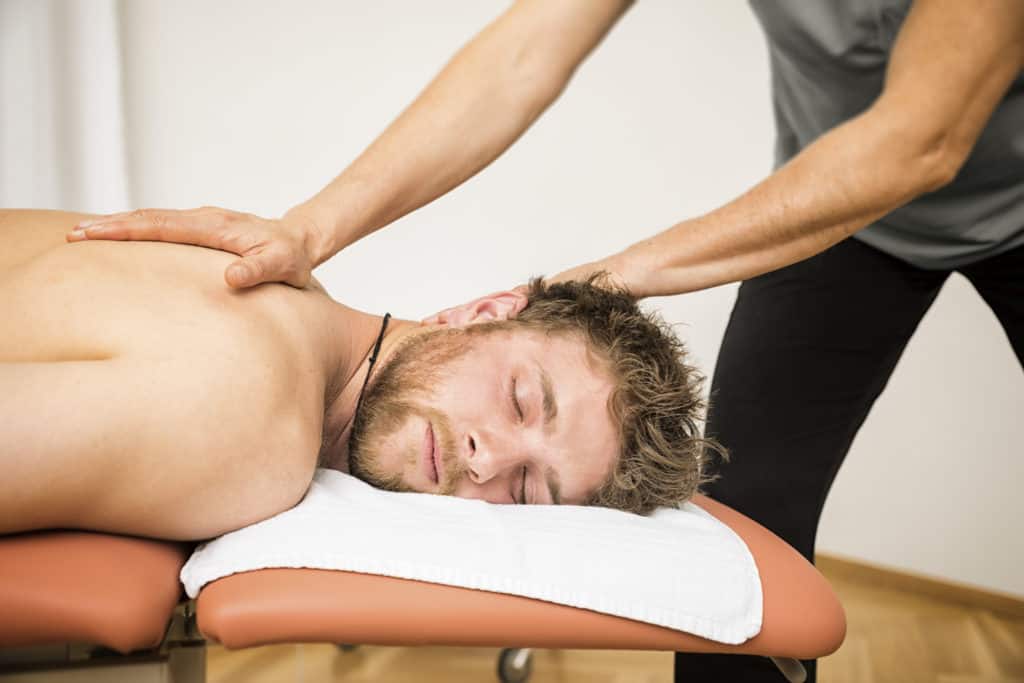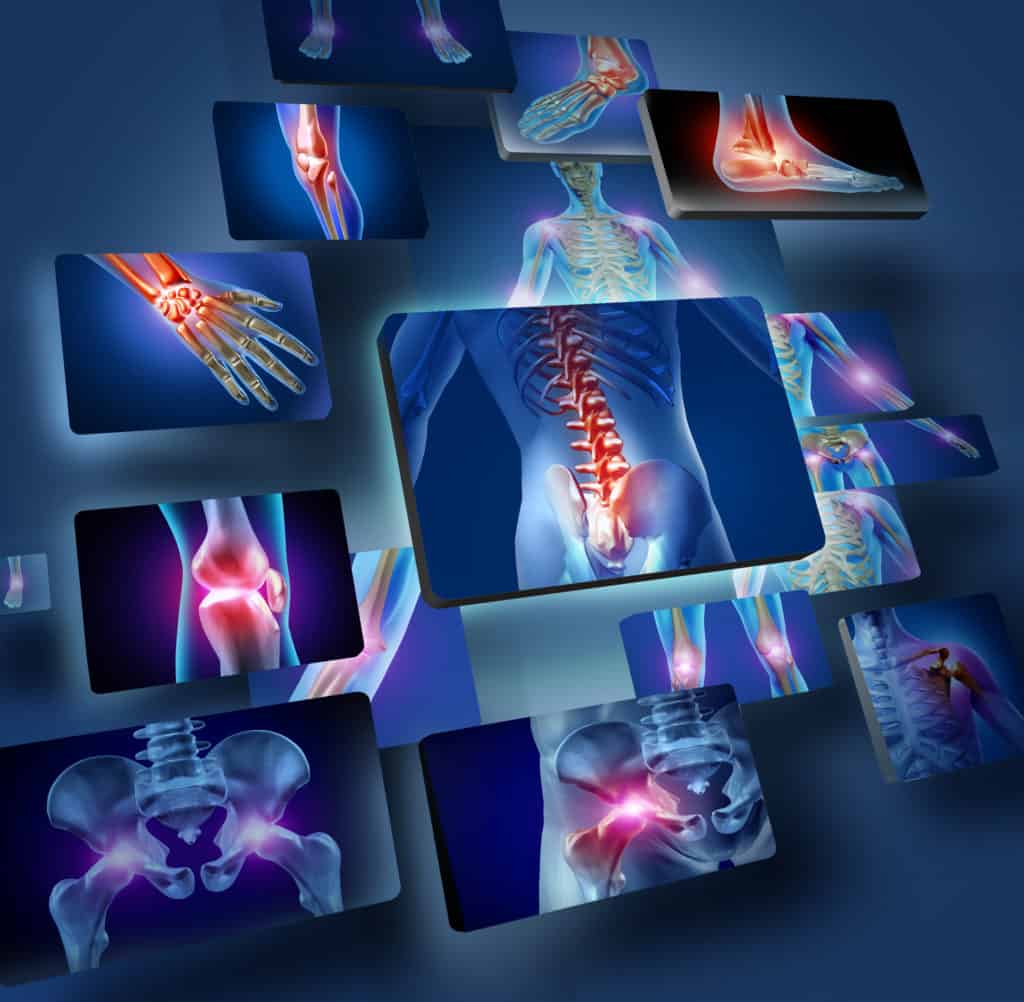Some people say designer handbags, New Year’s Eve, and curly Kale are over-rated. But if you’re an Instagram Influencer, a Kardashian, or a health and wellness blogger: designer bags and Kale-green superfood smoothies are everything. Plus, some people live for the crushing disappointment of the annual New Year’s Eve parties – closely followed by the equally painful but short-lived “New Year New Me” bandwagon.
Sadly, it’s usually the same old, same old for the other 51 weeks of the year.
But Star Wars: The Force Awakens, Black Panther, and The Avengers, are totally worth the hype, right?
Peanut butter and jelly sandwiches, too.
No? Don’t knock it until you’ve tried it.
Have you tried:
Strawberries with basil and black pepper?
Doughnut Bacon Cheeseburger*?
Sweet + salty popcorn? (Classic)
Apple Cinnamon Swirl Grilled Cheese*?
You haven’t lived.
You think it isn’t going to work, but it really does.
As with everything in life, you need to try it first before you can dismiss it as over-hyped.
Most people who dismiss different types of complementary therapies have never tried them. Instead, they repeat what their peers have told them because they get bogged down by dogma, and their philosophy is “evidence-based.” However, really, they’re just unwilling to consider things until someone else decides to, or writes a research paper.
In many ways, the same is true with Myofascial Release Therapy. It would be best if you tried it to make an informed decision on whether or not it’s right for you. But there might be some things that are clouding your judgment and preventing you from trying it and putting your faith in something new.
Myofascial Release Therapy is not something to be afraid of. It’s a powerful complementary therapy proven to be hugely beneficial for chronic pain, anxiety, quality of sleep, and depression.
Are you skeptical?

Your personal opinion of things sometimes depends on your existing beliefs about allopathic medicine and complementary therapies and whether you’re the type of person who has a fixed or a growth mindset.
It’s oversimplifying the concept a little. But if you have a fixed mindset, you’re more likely to be averse to mixing sweet and salty popcorn – certainly not as an early adopter anyway. You will eat it in abundance, no doubt, once it’s confirmed as good. But until then, it’s a “no” from you.
“Sweet and salty simply doesn’t go together.”
If that sounds like you, don’t worry, you’re not alone. As a rule, people prefer not to go out on a limb and trust the process. They’d rather follow the tribe.
Western society as a whole has an unhelpful view of complementary therapies, but it’s beginning to change, thankfully.
You see, the problem is, Myofascial Release Therapy and other complementary therapies are at an early stage of their introduction – even though it’s been around since the 70s, especially compared to traditional Western medicine.
The idea that anecdotal evidence and patient experience carry as much weight as hardcore evidence and expensive research studies is also new, especially when the therapeutic in question cannot be patented or profited from.
Once upon a time, the results of medical marijuana were said to be “over-hyped.”
Parents of children with cancer, epilepsy, or seizures, and chronic pain patients have been regaling the benefits of cannabis oil for decades. Still, it was dismissed as “snake oil” – with no scientific evidence of effectiveness. These desperate patients had to seek it out from illegal sources.
Only now is medical marijuana becoming more mainstream, and Doctors can prescribe it in certain circumstances. This development has only been made possible by passionate campaigners and the depth and breadth of patients’ positive experiences becoming too great to ignore. Of course, the pharmaceutical companies have now caught up and used the hemp plant to manufacture and produce marketable and profitable versions of the product that people once cooked up in their kitchens. But that’s a debate for another day.
Most patients try Myofascial Release Therapy as a last resort when they’ve exhausted all other options from their Doctor. They’ve tried painkillers, which caused all kinds of unpleasant side effects: ice baths, hot tubs, saunas, dynamic stretching, and yoga.
Traditional Physical Therapy didn’t help either – still, the pain remained. So, they book a myofascial release therapist – after reading yet another positive testimonial, believing that they’re going to be disappointed again. However, they leave the session with a remarkable reduction in pain and an overwhelming sense of relief and improved wellbeing.
The goal for any Myofascial Release Therapy treatment is to resolve the things keeping you stuck in pain, and help you learn how to better care for your body in a way such that first you feel better some of the time, then more of the time, then realize things have been improving that you didn’t even realize needed improvement. And then you start to wonder, how good might this really get? That’s where you leave behind all the standard societal expectations of breakdown and pain. We love it when people reach this point!
After a number of sessions, once-skeptical patients become almost evangelical. They take great pleasure in demonstrating how far they can arch their back when it was once so rigid. They get excited when they feel their bodies release and unwind after many years of tension and pain. And in some cases, medical imaging proves that Myofascial Release Therapy has physically helped the body to heal.
What Is Myofascial Release Therapy?

Let’s start with what it isn’t.
One of the main reasons behind the misconception that Myofascial Release Therapy is over-hyped or ineffective is because people confuse it with traditional Swedish massage therapy. The type of therapy you’re more likely to have in a beauty salon than a Physical Therapy clinic.
This confusion is caused by massage therapists wrongly believing they are performing myofascial release by rubbing tight muscle knots when they’re not. Gym-goers who start and end their workout with foam rollers, too, think they’re performing myofascial release. What they’re doing is beneficial, of course. It can help stretch muscles after exercise and prevent delayed onset muscle soreness (DOMS), but it’s superficial, and the results are nowhere near as effective as Myofascial Release Therapy.
Why?
Well, instead of just massaging tight muscle knots – myofascial release therapy identifies the root cause of your pain. It then wholly dissolves them over several sessions, using precise moves, variable pressure, and deliberate movements. The foundations of our treatment sessions are based on the renowned John Barnes’ Myofascial Release approach.
So, unlike massage therapy, which works to relax you until you stand up and go back to work – only for your body to revert to its usual tense and painful patterns quickly, Myofascial Release Therapy allows your body to return to its pre-pain state (even if it’s been decades) and prevents pain from returning long-term.
We believe it could be the most effective therapy in the history of health care.
During a Myofascial Release Therapy session, we find the restrictions in your fascia that have built up over years of surgeries, falls, bumps and breaks and become stiff and tight. Then we use gentle pressure to unlock and rehydrate your tissues to release impinged nerves, free up your spinal discs and lessen the strain on your joints. Over time, this process enables your body to heal fully, and the pain reduces. You can move and function again, and your nervous system is calm and relaxed.
The myofascial piece of the puzzle is often the missing link. It’s why patients haven’t found relief from chronic pain – because Doctors and traditional Physical Therapists choose to ignore this bodysuit of sensitive, connective tissue mostly. Opting for painkillers only masks the problem temporarily, it doesn’t solve it.
The Truth About Myofascial Release Therapy

We hope by now that we’ve educated you on the benefits of Myofascial Release Therapy. But it’s not for everyone, and it’s not a miracle cure for everything. Still, in most cases where patients come to us with chronic pain that doctors can’t help, Myofascial Release Therapy makes a marked difference to pain levels. It improves their mobility and quality of life.
Our happy patients are our most compelling case studies.
Would you like to give it a try?
We appreciate that many patients are skeptical about committing to a complementary therapy they don’t know much about. This hesitation is why we offer new patients the opportunity to talk through your concerns on a telephone consultation with a Myofascial Release Therapist. Or, better still, attend the clinic in Utah for a free, 30-minute Discovery Session. Both of these consultations are an excellent opportunity to meet your therapist, learn about Myofascial Release Therapy and how it can help you get out of chronic pain quickly. There is no obligation to book treatment after the consultation either.
So, which one is best for you? Telephone or in-person?
Choose the one that suits you best.
We look forward to speaking to you on the call or welcoming you to the clinic.
——-
*Obviously, we wouldn’t recommend you eat Doughnut Cheeseburgers and Apple Cinnamon Grilled Cheese on too regular a basis even though they sound delicious. Whole-body health relies heavily on eating a healthy, nutrient-rich diet 80% of the time, staying hydrated, and moving your body regularly.

